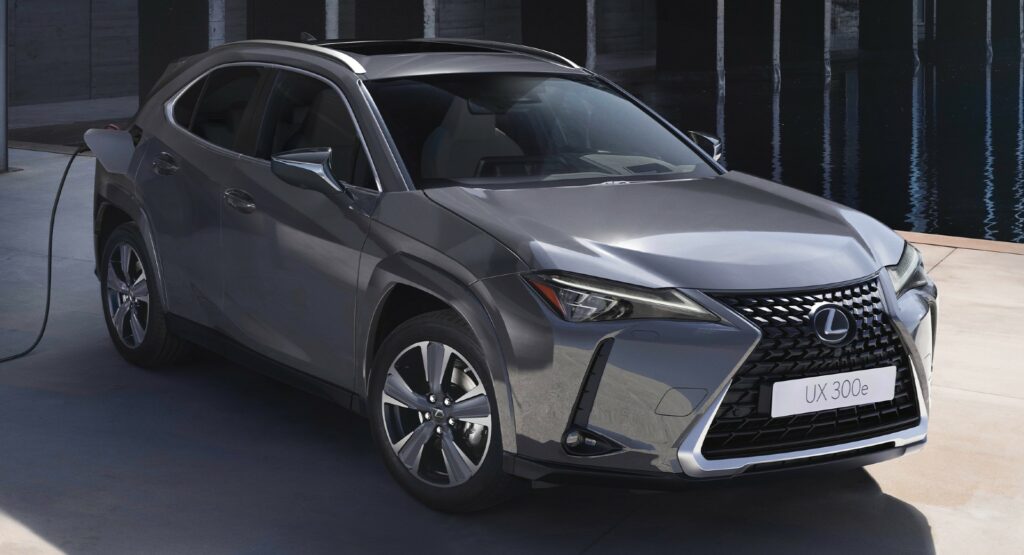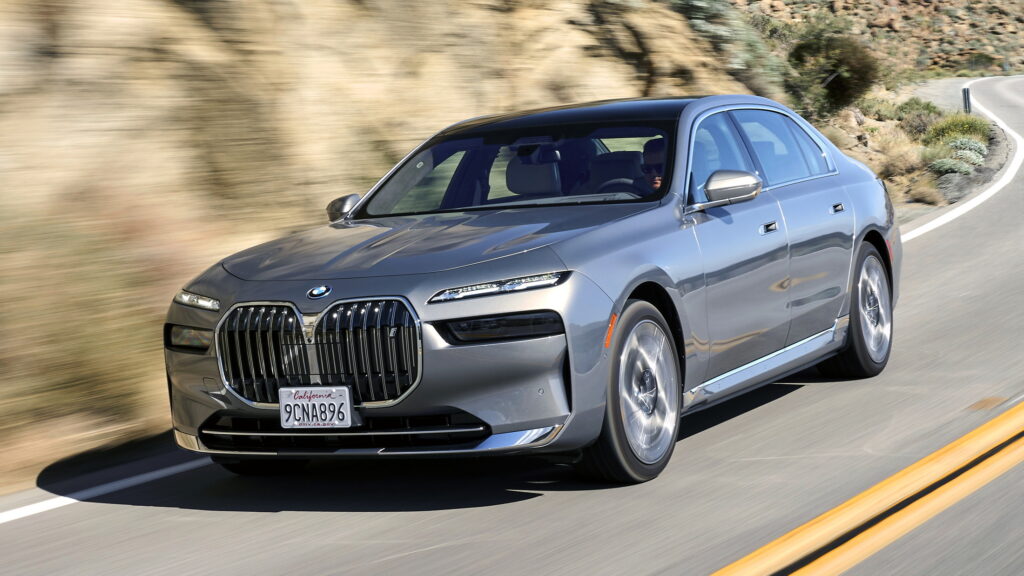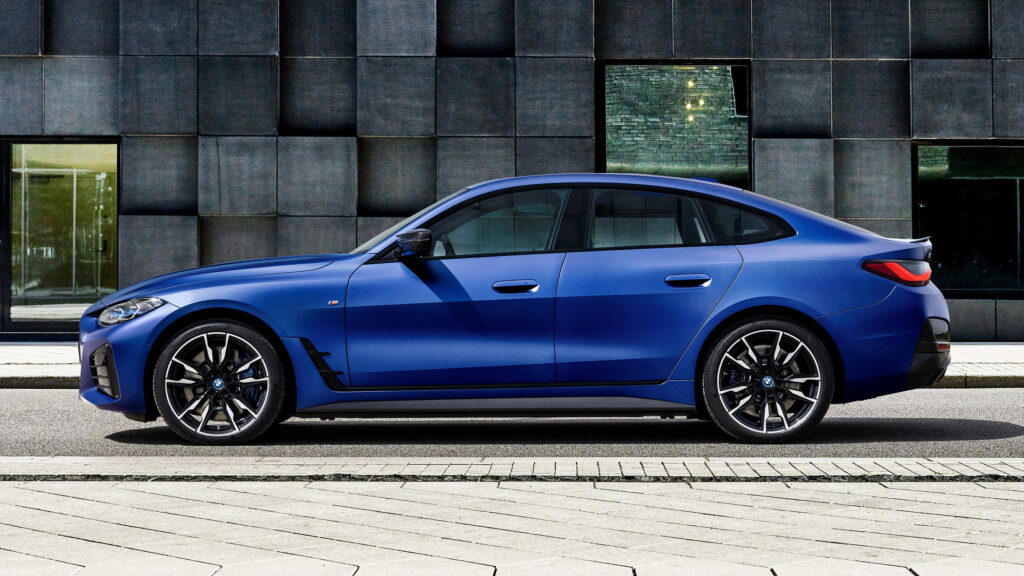No Pedals No Mercy As California City Cracks Down On E-Bikes

- Santa Monica police impounded 12 illegal dirt e-bikes being ridden on public roads.
- The vehicles exceeded 40 mph, lacked pedals and didn’t meet California’s e-bike laws.
- Police increase enforcement responding to safety concerns and community complaints.
Police in Santa Monica are trying to send a clear message to electric dirt bike riders: if it’s not street legal, keep it off public roads. On Saturday, July 26, the Santa Monica Police Department (SMPD) impounded 12 off-highway vehicles, all of which officers say were being ridden illegally on city streets.
While many of these bikes resemble electric bicycles, officials say they fail to meet even the most basic standards under California law. For example, they all lack pedals, are capable of high speeds, and were never certified for on-road use. SMPD says the crackdown comes after growing community concerns and complaints as, apparently, these riders have been causing disruptions.
Read: City Cracks Down On E-Bikes With Strict New Rules
“These vehicles often exceed 40 mph, lack operable pedals, and are not classified as legal electric bicycles,” the department said in a public statement. “They are not permitted on public roads, bike paths, or sidewalks.” Essentially, these bikes are high-powered electric dirt bikes rather than everyday e-bikes.
What Makes an E-Bike Street Legal?
California classifies e-bikes into three categories, with legal use tied to features like speed limits and whether the bike has functional pedals. Most of the impounded vehicles in question fell into a legal gray area. They were either originally sold as high-powered off-road bikes or everyday ebikes modified to go much faster than originally intended.

Either way, these bikes are considered off-highway vehicles and can’t be legally ridden in places intended for bicycles or cars. “We’re increasing enforcement in response to serious safety concerns and community complaints,” the department said. “If your vehicle doesn’t have pedals or meet California’s e-bike standards, it doesn’t belong on the road.”
Fines in Effect, Enforcement Underway
It’s unclear what the riders in this case will have to face to get their bikes back, but the fine for riding them starts at $100. Second-time offenders pay $200 and each offense after the first two costs $500. These fines went into effect on July 9, so this is one of the very first times that police have had the legal right to crack down on it.










































